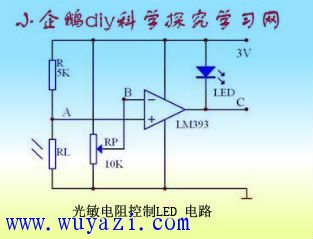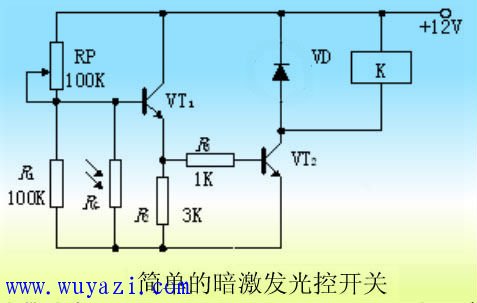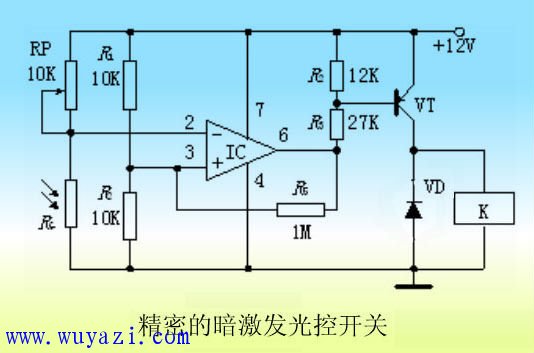Photoresistors, also known as light-dependent resistors (LDRs), are electronic components that exhibit a significant decrease in resistance when exposed to specific wavelengths of light. They are widely used for detecting and measuring visible light intensity. These devices operate based on the photoelectric effect, where the resistance of the semiconductor material changes in response to the intensity of incident light. When light is strong, the resistance drops; when light is weak, the resistance increases.
Photoresistors find applications in various fields such as light measurement, automatic lighting control, and photoelectric conversion systems. They are commonly used in automatic street lights, camera exposure controls, smoke detectors, and industrial automation systems. Their ability to convert light into electrical signals makes them an essential component in many electronic circuits.

Photoresistors can be classified based on their materials and spectral characteristics. Common materials include cadmium sulfide (CdS), cadmium selenide (CdSe), lead sulfide (PbS), and indium antimonide (InSb). Depending on the wavelength they respond to, they can be categorized as ultraviolet (UV) sensitive, infrared (IR) sensitive, or visible light sensitive. UV photoresistors are used for UV detection, while IR photoresistors are applied in missile guidance, remote sensing, and communication systems. Visible light photoresistors are used in lighting control, automatic switches, and security systems.
Key parameters of photoresistors include:
- Photocurrent and Bright Resistance: The current generated under illumination at a given voltage is called photocurrent. The ratio of voltage to photocurrent is the bright resistance, often measured at 100 lux.
- Dark Current and Dark Resistance: The current in darkness is the dark current, and the corresponding resistance is dark resistance, typically measured at 0 lux.
- Sensitivity: This refers to the relative change in resistance between dark and illuminated conditions.
- Spectral Response: It measures the sensitivity of the resistor to different wavelengths of light, forming a curve when plotted.
- Illumination Characteristics: Describes how the output signal changes with light intensity. As light increases, resistance decreases rapidly and then levels off, showing a non-linear behavior.
- Voltaic Characteristics: Shows the relationship between applied voltage and photocurrent, where higher voltage leads to higher current.
- Temperature Coefficient: The performance of photoresistors is affected by temperature, with some showing better sensitivity at lower temperatures.
- Rated Power: Defines the maximum power the resistor can handle without damage, which may decrease at higher temperatures.
Photoresistor application circuits are diverse. For example, in a basic control circuit, when the photoresistor is illuminated, its resistance decreases, causing the voltage at point A to drop below point B. This triggers a comparator like LM393 to output a low level, turning on an LED. An adjustable resistor allows fine-tuning of sensitivity. High-precision models like LXD-4MM or LXD-5MM are recommended for accurate performance.

Another common circuit uses a transistor and relay. When light is present, the transistor turns off, allowing the relay to activate when there is no light. In another configuration, the comparator’s negative input increases when no light is present, triggering the relay to close the contact and control external devices.


LV Series(23.8"-98")
infrared touch screen,ir frame touch screen,multi point touch screen,infrared touch screen overlay
Guangdong ZhiPing Touch Technology Co., Ltd. , https://www.zhipingtouch.com